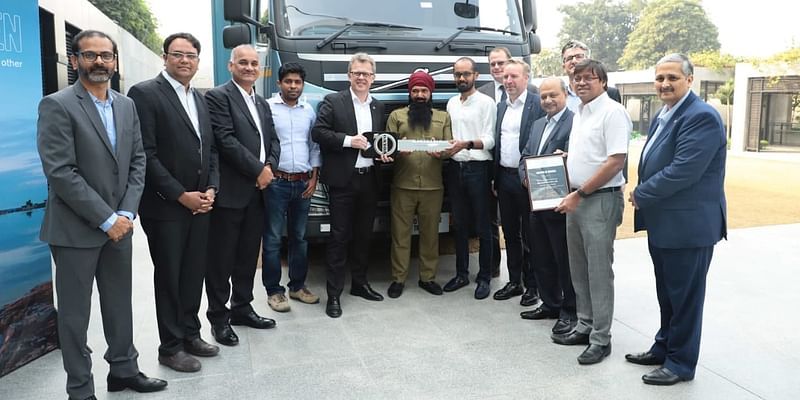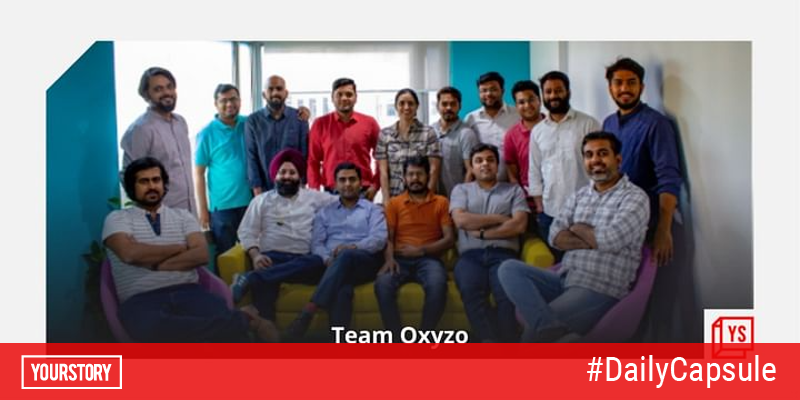MyVets Charitable Trust is on a mission to save all our majestic wildlife
After having spent the weekend in Delhi, the air I breathed at Mumbai’s Sanjay Gandhi National Park felt like oxygenated privilege. As I made my way to the Chief Conservator of Forest’s office, reliving all of my trips to this green oasis as a child; I recall being able to catch only a glimpse of a tiger on one of those excursions. That incident was etched in my memory, but not for the reasons it should be. I was disturbed. As the tiger from my kindergarten textbook locked eyes with me in the flesh, I expected to see that ferocious spark, that crystal clear film of courage in its eyes like the illustrations; but instead, I saw a numb blankness, a starved exhaustion. Over the years, I came to learn that the tiger in my textbook now only roamed in fairy tales; the tiger I saw at the national park was the real face of wildlife in India.
But this time was different.
As the heart and soul of MyVets Charitable Trust, Dr. Madhurita Gupta leads the way to the restricted area where the tigers are housed for caregiving, I gear up to see them looking as pitiful as before, but I am witness to a heartening new sight. Lakshmi, as Dr. Gupta had named her, was roaring to communicate with her furry mate across the enclosures, and walking with the unforgiving dominance of a monarch, her eyes twinkling at the sight of her Godmother. The vet’s eyes mirrored that love and joy.
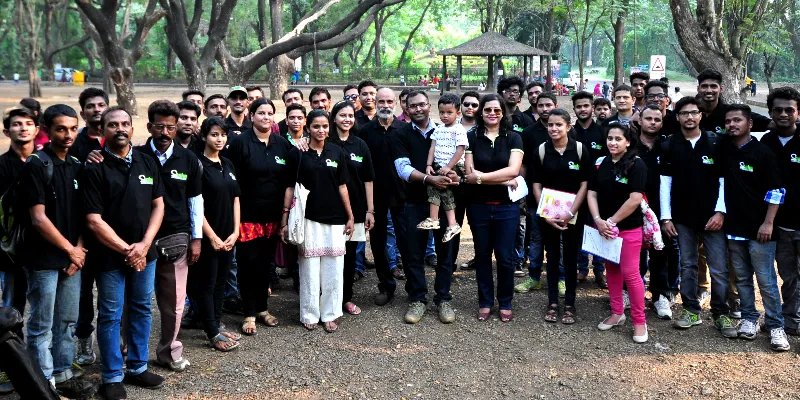
“No one sees wildlife conservation as a worthy cause. They are looked at as vermin, as monsters –especially after the attacks in cities started occurring. What we do not understand is that we have encroached upon their habitat, not the other way around. In a way, we are responsible for bringing out the defensive aggression in them. Never mind that – lack of knowledge and education about them is causing people to write off this cause. As far as the veterinary community is concerned, most do not branch out into the care of wildlife, and opt for more lucrative options like pet care and private care. Unless you have the passion and the necessary instincts, you cannot do something so dangerous, which doesn’t even necessarily bear returns. Eventually, what happens is that there is a breakage in the pipeline and very few experts sit at the government level with any degree of authority. So, the vets kept on the payroll by the government are the ones in rotation, who may be posted from handling cattle one day to the Byculla zoo the next. I remember one time, a doctor was terrified to even enter the cage of a Bengal tiger to operate upon him, and we had to step in, ” says Dr. Gupta, on the sorry state of affairs of wildlife care in India.
This was the main motive behind the establishment of the MyVets Charitable Trust, the social wing of MyVets Integrated Solutions Pvt. Ltd, a veterinary chain of hospitals, in March 2014. The husband-wife duo of Dr. Madhurita Gupta and Dr. Yuvraj Kaginkar wished to volunteer their expertise and a decade each of experience to provide the forest department with technologically sound innovative equipment, knowledge, and consultancy for the betterment in the condition of wildlife, at lower costs or completely free, when possible.
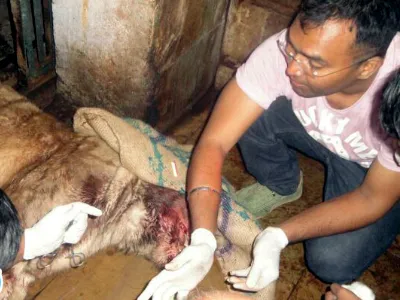
This decision was taken despite them being parents to a one-year-old baby boy, because they felt the urgency and wished to act upon it fast. “Due to funding issues from the government, most organisations like zoos and national parks only focus on the capture of animals, and how to keep them in captivity. The other special needs, their lifestyle, their biological, physical, and mental needs are completely ignored. I have been working with the forest department to see where there is scope for work. Government organisations need direction. They have their own limitations to hire and assign projects. There is definitely red tapism, and in the end the poor animal suffers,” says Dr. Yuvraj, a highly sought-after veterinarian.
The trust was set up with the precise aim of preventing animals from bearing the brunt of ugly politics. Since its inception as a charitable trust, they have undertaken several projects absolutely free of cost. Their landmark project was building a one-stop ambulance – a state-of-the-art facelift to the old prototype – to deal with leopard-human conflicts. Before its inception, people would pelt and beat the animals to death, and untrained personnel would sedate the animal more than once to tranquilise it, thereby damaging the animal’s liver. What’s more, as the old ambulance wasn’t equipped to hold surgeries, the animal would have to be sedated again by the time it reached the operation centre.
“The traditional way was to go to a leopard-human conflict unarmed, unprepared, and without any precautions. The response time was significant by the time the professionals managed to procure all the necessary tools. Our idea was to build a van, a one-stop solution during a leopard-human conflict – right from antecedents to the OT, where an injured animal could be operated in the golden hour after injury. We now send 13-14 trained personnel who pacify the animal, medically tranquilise it, usher it into the vehicle, and in extreme cases, even perform the surgery within the ambulance.”
Another crucial update was enabling the cage with a hydraulic, automatic system. In many cases, after the operation, when the animal was fit to be released, the cage it was being held in would require manual operation. As a result, there have been cases where the animal turned around and attacked the man. This problem has been solved by the whole process getting automatised.
The first prototype of the ambulance – the first of its kind in the world – has been created and is now kept within the premises of Sanjay Gandhi National Park; the trust has signed a contract with the park a year ago to undertake various revamps.
The ambulance, Dr. Yuvraj’s dream project, did not come without its share of drama. “There was a time when we had

no money to build it, and everyone from the veterinary community to our own family was against us. We were tired of knocking on doors, almost too tired, but I kept going because this was Yuvraj’s dream project. Mr. Tata salvaged it. We spoke to him regarding two of our projects, the peacock conservation programme at the Raj Bhavan and the Ambulance, and within a week, the cheque had been processed,” recollects Dr. Madhurita. “Jiska haath koi nahi pakadta, uska haath Tata pakadta hai ( When no one is willing to take your hand, Tata is there to help you),” she adds.
Thus, the first prototype has been funded by the Tata Foundation. The trust has received close to Rs. 50 lakh in funding for both projects. Today, 30 more projects are in the pipeline, on orders placed by various state forest departments for other reserves like Tadoba and Panha, and for other animals like tigers and elephants, once they manage to raise the funds. These ambulances will be provided to the assignees free of cost.
Their association with the Sanjay Gandhi National Park also entails a range of enrichment programmes for cages– like providing recreational structures, sheds, and other fixtures to break monotony while the animal is in captivity. Their diets have also been refurbished keeping in mind that the wrong food can also be detrimental to an animal’s mental well-being.
As we head to the leopard enclosure where over 23 leopards are being treated and rehabilitated, they come rushing to the railing of the cage to get petted by the MyVets volunteers. “When we had first come here, the leopards were in a sorry state; they had ingrown nails, and wounds that needed treatment.”
The couple have taken charge of all the wild animals in the National Park – curing and grooming them and taking them under their wing completely. They have even been rushed to the national park in the middle of the night for operations, which they have never complained about.
Running this business and being available for humanitarian work like this are both full time jobs, and being in a situation of having to choose one over the other isn’t rare. “Our hospital has suffered – we’ve seen days where we didn’t have money to put the petrol in our car to get to a spot for work. But I have always felt that if you are working for a good cause, there is a divine force backing you.”
Other initiatives in the pipeline for the national park, like a 200-acre zoo, a night safari, and an amphibian safari. All of these will get the MyVets touch of love and thought, with some of these being spearheaded by the organisation all the way.
The couple, who has laid out the masterplan for zoos like the Jammu and Kashmir Zoo, appeals to forest departments nationwide to contact them for consultation on the layout and design of the zoo, which they are willing to offer without expecting a penny as fees, so as to avoid incidents like that of the child who fell into the pit of the lion’s enclosure.
Their snake park and crocodile parks in Dhule and Sangli are other landmark projects. Both areas are hotspots for animal attacks, so they aim to educate people on how to deal with the animals. Furthermore, they want to build parks dedicated to showcasing these animals to the public, thereby enhancing tourism at these spots. “We have earned nothing, but gained a lot of respect as a result of these programmes.”
Also in the pipeline is India’s first aviary at Wayanad that the duo is designing. “We are developing this aviary without touching the environment and ecosystem existing in the place. We are developing the spot as an eco-tourism venue, with a petting zoo,” she reveals.
With an all-star panel of trustees – like Dr. Magre- a former Bharat Bhushan awardee, the trust hopes to venture into the conservation of endangered animals, like snow leopard conservation and breeding programmes.






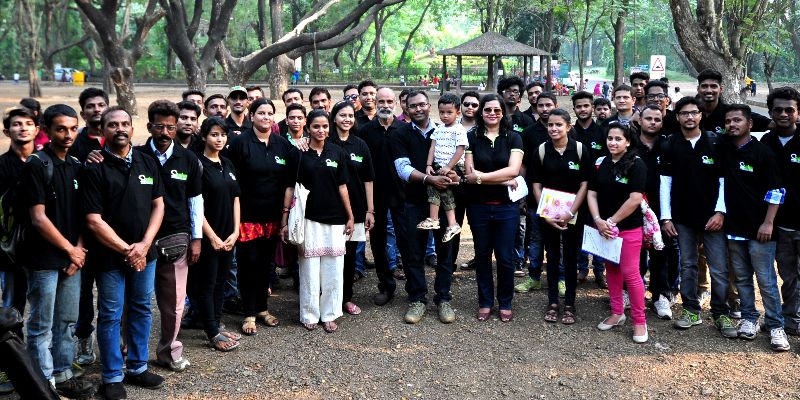

![[The Turning Point] Need to upskill led couple to launch online learning platform for students and professionals](https://images.yourstory.com/cs/2/79900dd0d91311e8a16045a90309d734/turningpoint-800x400option1-1596174232912.png)

